Filter by
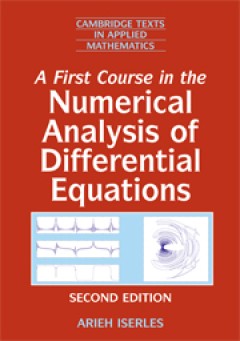
A First Course in the Numerical Analysis of Differential Equations
Numerical analysis presents different faces to the world. For mathematicians it is a bona fide mathematical theory with an applicable flavour. For scientists and engineers it is a practical, applied subject, part of the standard repertoire of modelling techniques. For computer scientists it is a theory on the interplay of computer architecture and algorithms for real-number calculations. The te…
- Edition
- -
- ISBN/ISSN
- 9780511995569
- Collation
- -
- Series Title
- Cambridge Texts in Applied Mathematics (44)
- Call Number
- -
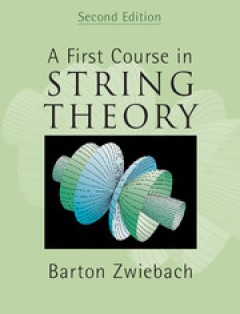
A First Course in String Theory
String theory made understandable. Barton Zwiebach is once again faithful to his goal of making string theory accessible to undergraduates. He presents the main concepts of string theory in a concrete and physical way to develop intuition before formalism, often through simplified and illustrative examples. Complete and thorough in its coverage, this new edition now includes AdS/CFT corresponde…
- Edition
- -
- ISBN/ISSN
- 9780511841620
- Collation
- -
- Series Title
- -
- Call Number
- -

Trusted Systems 6th International Conference, INTRUST 2014, Beijing, China, …
Normal 0 false false false EN-US X-NONE X-NONE This book constitutes the thoroughly refereed post-conference proceedings of the 6th International Conference on Trusted Systems, INTRUST 2014, held in Beijing, China, in December 2014. The conference brings together academic and industrial researchers, designers, and implementers with end-users of trusted systems, in order to foster the exchan…
- Edition
- -
- ISBN/ISSN
- 978-3-319-27998-5
- Collation
- -
- Series Title
- -
- Call Number
- -
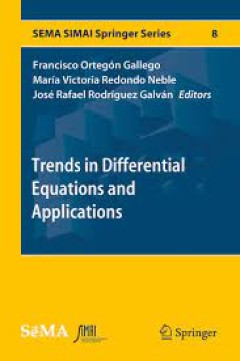
Trends in Differential Equations and Applications
This work collects the most important results presented at the Congress on Differential Equations and Applications/Congress on Applied Mathematics (CEDYA/CMA) in Cádiz (Spain) in 2015. It supports further research in differential equations, numerical analysis, mechanics, control and optimization. In particular, it helps readers gain an overview of specific problems of interest in the current m…
- Edition
- -
- ISBN/ISSN
- 978-3-319-32013-7
- Collation
- -
- Series Title
- -
- Call Number
- -

Treks into Intuitive Geometry The World of Polygons and Polyhedra
This book is written in a style that uncovers the mathematical theories buried in our everyday lives such as examples from patterns that appear in nature, art, and traditional crafts, and in mathematical mechanisms in techniques used by architects. The authors believe that through dialogues between students and mathematicians, readers may discover the processes by which the founders of the theo…
- Edition
- -
- ISBN/ISSN
- 978-4-431-55843-9
- Collation
- -
- Series Title
- -
- Call Number
- -
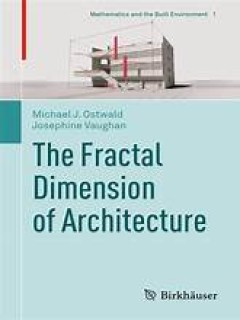
The Fractal Dimension of Architecture
Fractal analysis is a method for measuring, analysing and comparing the formal or geometric properties of complex objects. In this book it is used to investigate eighty-five buildings that have been designed by some of the twentieth-century’s most respected and celebrated architects. Including designs by Le Corbusier, Eileen Gray, Frank Lloyd Wright, Robert Venturi, Frank Gehry, Peter Eisenma…
- Edition
- 1
- ISBN/ISSN
- 978-3-319-32426-5
- Collation
- XVII, 423, 202 b/w illustrations
- Series Title
- Mathematics and the Built Environment
- Call Number
- -

The Foundations of Computability Theory
This book offers an original and informative view of the development of fundamental concepts of computability theory. The treatment is put into historical context, emphasizing the motivation for ideas as well as their logical and formal development. In Part I the author introduces computability theory, with chapters on the foundational crisis of mathematics in the early twentieth century, and f…
- Edition
- 1
- ISBN/ISSN
- 978-3-662-62421-0
- Collation
- XXI, 422
- Series Title
- -
- Call Number
- -
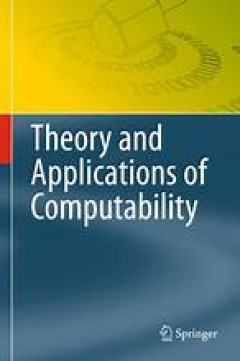
Programs as Diagrams
It is not always clear what computer programs mean in the various languages in which they can be written, yet a picture can be worth 1000 words, a diagram 1000 instructions. In this unique textbook/reference, programs are drawn as string diagrams in the language of categories, which display a universal syntax of mathematics (Computer scientists use them to analyze the program semantics; prog…
- Edition
- 1
- ISBN/ISSN
- 978-3-031-34827-3
- Collation
- XVII, 252, 1 b/w illustrations
- Series Title
- Theory and Applications of Computability
- Call Number
- -
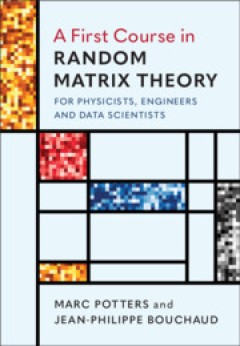
A First Course in Random Matrix Theory for Physicists, Engineers and Data Sc…
The real world is perceived and broken down as data, models and algorithms in the eyes of physicists and engineers. Data is noisy by nature and classical statistical tools have so far been successful in dealing with relatively smaller levels of randomness. The recent emergence of Big Data and the required computing power to analyse them have rendered classical tools outdated and insufficient. T…
- Edition
- -
- ISBN/ISSN
- 9781108768900
- Collation
- -
- Series Title
- -
- Call Number
- -

Early Geometrical Thinking in the Environment of Patterns, Mosaics and Isomet…
This book discusses the learning and teaching of geometry, with a special focus on kindergarten and primary education. It examines important new trends and developments in research and practice, and emphasizes theoretical, empirical and developmental issues. Further, it discusses various topics, including curriculum studies and implementation, spatial abilities and geometric reasoning, as well …
- Edition
- -
- ISBN/ISSN
- 9783319442716
- Collation
- VII, 50 halaman
- Series Title
- ICME-13 Topical Surveys
- Call Number
- 510 SWO e
 Computer Science, Information & General Works
Computer Science, Information & General Works  Philosophy & Psychology
Philosophy & Psychology  Religion
Religion  Social Sciences
Social Sciences  Language
Language  Pure Science
Pure Science  Applied Sciences
Applied Sciences  Art & Recreation
Art & Recreation  Literature
Literature  History & Geography
History & Geography